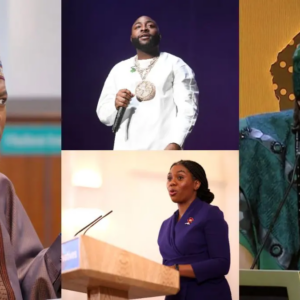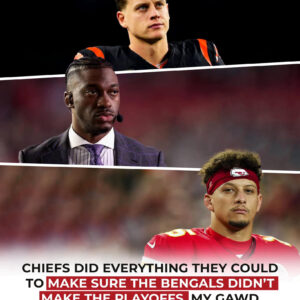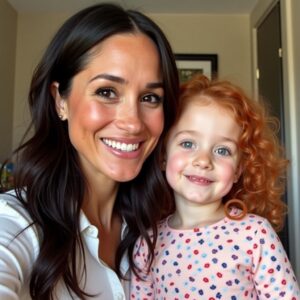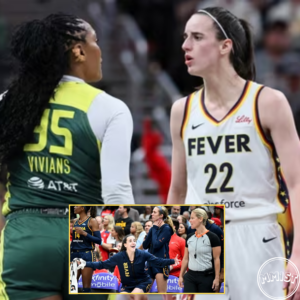“It is a highly visible organization with very elite dancers,” the DCC director and star of ‘America’s Sweethearts: Dallas Cowboys Cheerleaders’ tells PEOPLE
After 16 seasons of Making the Team on CMT, the Dallas Cowboys Cheerleaders have teamed up with Netflix and Cheer executive producer Greg Whiteley for a new docuseries focused more on what goes into being a member of the squad than just being cut.
Dubbed America’s Sweethearts: Dallas Cowboys Cheerleaders, the unfiltered seven-part series chronicles the 2023-2024 season as longtime director Kelli Finglass and choreographer Judy Trammell let cameras inside the world of DCC through another round of tryouts, training camp and showcasing their infamous jump splits at NFL games.
“With Greg Whiteley and the new direction, the whole show has new access and you learn things about the cheerleaders that even we didn’t know as their coaches,” Finglass, who is also a former member of the squad, tells PEOPLE about going from CMT to Netflix. “And it’s beautiful and it’s vulnerable and I think it’ll be very insightful for fans. And that was the right place for this type of storytelling to be.”
Victoria Kalina, a fourth year veteran of the squad whose mother was also apart of the team at one point, adds, “That’s going to be the beautiful thing about this new Netflix show is that it’s not going to be what CMT focused on: making the team, seeing the process and getting cut.”
Related: Dallas Cowboys Cheerleaders Docuseries from Cheer Producers Coming to Netflix — Watch the Teaser!
Instead, on America’s Sweethearts, “you get to see the outside lives of the spectacular-ness of the Dallas Cowboys Cheerleaders,” she continues, while Trammell noted that she “enjoy[ed] seeing them and their personal lives.”
And for Whiteley, exploring those stories, especially involving people in their early to mid 20s, and asking bigger life questions — like “What is it that I wanna do?” — was the “perfect fodder for our type of documentary filmmaking.”
While viewers will get to see and learn more about the lives of the women who make up the squad — from newcomers like Reese Weaver Allman to veteran members, including Kelcey Watterberg and Kalina — and the many ups and downs they go through in order to be part of the DCC, the cameras also capture some of the team’s requirements of its cheerleaders.
During the tryout process, the rookies get hair and makeup makeovers in a moment that feels like a callback to the days of America’s Next Top Model — but luckily here, there are a lot less tears. And later, a height restriction is discussed after one hopeful’s stature is deemed too short. There’s even a lengthy manual of “rules to abide by,” with expectations about appearance and demeanor on and off the field.
Most notably, when it comes to DCC’s iconic uniforms, it’s revealed that the women get fitted once early on and have to maintain that size and fit throughout the rest of the season.
“You don’t get a new uniform. Once you’re fitted for that uniform, that size is the size that you get. You don’t get to go up. If you go up, they’re like, ‘Why does this not fit you?’ ” a veteran squad member explains in the docuseries.
“It’s very form-fitting and it’s definitely not one-size-fits-all,” Finglass admits when the rookies first try on the outfits. And because the “the uniform is literally part of the audition process,” as one veteran member of the squad puts it, “if someone looks like the uniform belongs on them, it could change the trajectory of training camp,” Watterberg tells the camera.
Noting that the uniform has largely remained unchanged since the DCC was first formed in 1972, Whiteley tells PEOPLE that Finglass and the squad “find themselves in an interesting conundrum where you have this incredibly strong global brand based on tradition.”
“If you go into Texas and you mention the Dallas Cowboys cheerleaders, they are beloved,” Whiteley, who also serves as the series’ director, says. “In fact, one could make the argument: you can fire coaches, you can trade players, but you better not do anything to that uniform or that standard or that brand.”
If anything, when it comes to “a certain physical standard to being on that team,” Whiteley says. “Frankly, the Dallas Cowboys don’t have a monopoly [on that]. They’re not unique in that regard.”
And, Finglass says, “I don’t make excuses for our standards.”
“It is a highly visible organization with very elite dancers and the uniform is amazing and beautiful and custom-tailored to each individual figure. So that’s my answer. I’m not making any excuses,” she continues.
Kalina adds, “And everyone’s going to have an opinion, whether they love us, whether they hate us. We just have to be there to witness it all, but we have to hold strong.”
If anything, they hope what viewers see comes off as real and “very relatable,” Kalina says, while Watterberg tells PEOPLE, “I think the show will give us a little bit more humanness too. I think a lot of times people put Dallas Cowboys Cheerleaders on a pedestal, but we are really just humans. We’re girls, we’re women. We deal with the same things that everyone else does.”
As for Trammell, seeing what played out with members of the squad this season was a reminder that “sometimes we’re so busy and focused at rehearsals that we need to take time more to realize if someone’s having a bad day or connect with them. And I think that that’s something we’ll all work on.”
Relative Articles
None found








